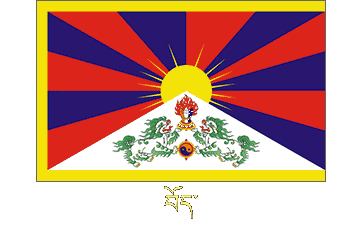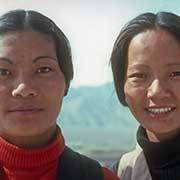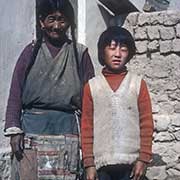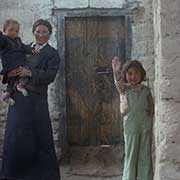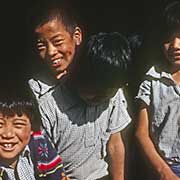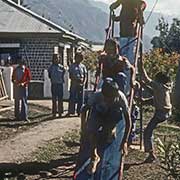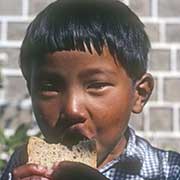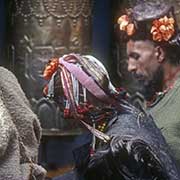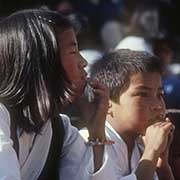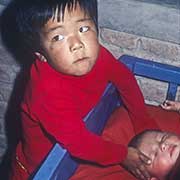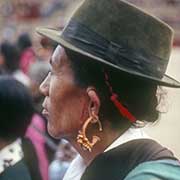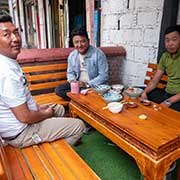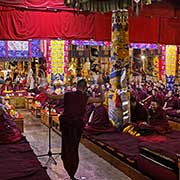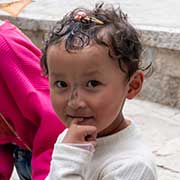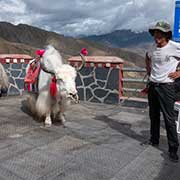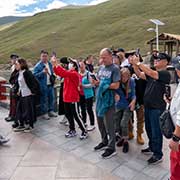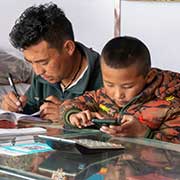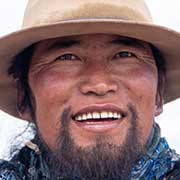Photos of the people of Tibet, Tibet
The People of Tibet
The Tibetan people, about 6.7 million, with about 6 million in Tibet and the Chinese provinces with ethnic Tibetan inhabitants, are representatives of a unique culture, totally different from the Han Chinese, who now dominate their lives in the People’s Republic of China. Their language belongs to the Tibeto-Burman language group, and the majority practice Tibetan Buddhism, which is also practised in Bhutan, Mongolia, parts of Nepal and northern India, especially Ladakh and Arunachal Pradesh. Since the Chinese occupation of Tibet, about 100,000 Tibetans have lived in India, the majority of those in enclaves like Dharamshala and Bylakuppe. A minority still practice the Bon or Bön religion, indigenous to Tibet; Bon and Tibetan Buddhism have influenced each other considerably.
you may then send it as a postcard if you wish.
The Classical Tibetan language is used in Buddhist literature, and the languages of Ü-Tsang (Central Tibet, including Lhasa), Amdo (northeast Tibetan) and Kham (southeast Tibetan) are considered dialects of this. The Tibetan script is of Indic origin and is also used in Baltistan (Pakistan), Ladakh, Bhutan and Sikkim. It has two distinct forms: “Uchen”, the printed form used on signs and in books, and “Umê”, a hand-written cursive script used in everyday writing. The way it is written does not correspond to the way it is pronounced: the orthography dates as far back as the 9th century and has not changed, with complex consonant clusters that are no longer pronounced, making it very difficult for a novice to find out how to pronounce a written text.
Living on the “Roof of the World” for generations has caused Tibetans to live comfortably at altitudes that, for people not used to the oxygen-deprived environment, can be challenging. The Tibetans seem to have adapted to this; this genetic change has become prevalent in the past 5,000 years. They have thrived in their homeland, developing a rich culture, with festivals deeply rooted in their religion, as is their art, especially the “thangka” paintings with traditional motives. Their architecture is also unique, with buildings on elevated sites and flat roofs. Both men and women traditionally wear long, thick dresses (chuba), especially in rural regions. Their staple food is tsampa, made from barley, their most important crop; there are noodles, “momos”, steamed dumplings, and spicy stews. And the everyday drink is butter-tea, prepared with yak butter and salt.


